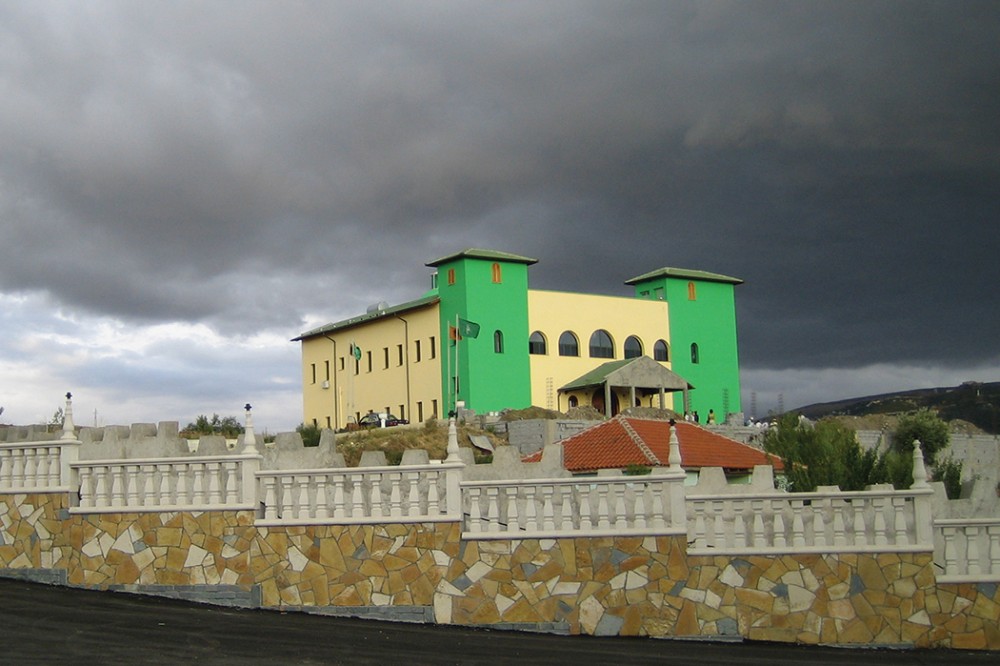Albania’s Bektashi are Muslim, but some of their practices resemble Christian ones
The sect, which was founded in the 13th century, confounds the idea of irreconcilable differences between the two faiths.

The nation of Albania has one of Europe’s most intriguing religious landscapes. Four major groups are usually identified: Catholic and Orthodox Christians, Sunni Muslims, and Bektashis. Although the last of these are little known outside the region, their importance is much greater than their small numbers might suggest. Estimates of the group’s size vary wildly, from 60,000 to 750,000 in Albania alone. Arguably, the Bektashis tell us much about a forgotten part of Christian history.
Depending on the sources you read, you will find very different stories about Bektashi origins and identity. The simplest explanation is that they follow a distinctive branch of Shi’a Islam, and they claim as their founder the 13th-century saint and mystic Haji Bektash Veli. His followers developed an Islamic Sufi order, with dervishes living in houses or lodges known as tekkes, each headed by a superior, a baba.
The Bektashi movement spread widely following the Ottoman Turkish conquest of the Balkans. In the 19th century, the Ottomans suppressed the order, or at least drove it underground, and it suffered further disasters during the ruthless communist tyranny of dictator Enver Hoxha, who closed all churches and mosques. Today, the movement has revived in Albania’s atmosphere of broad religious tolerance—although it has suffered some violence from radical Islamists. Bektashis are now found across the Balkans, with their headquarters in Tirana. They also flourish in diaspora communities around the world, including in the Midwest of the United States.





